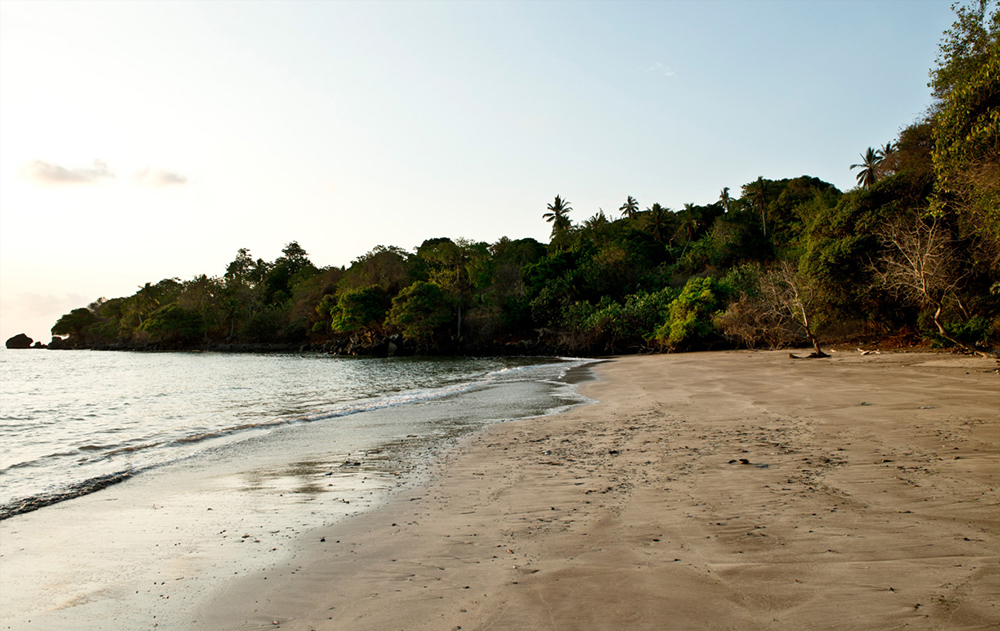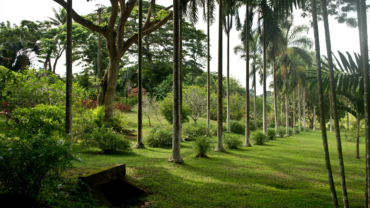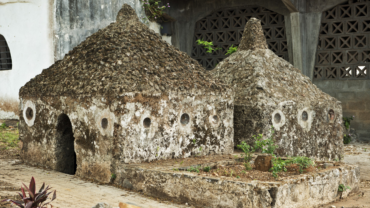Lagoons & Beaches in Mayotte
The lagoon: a nursery (whales, turtles, dolphins …)
With its 1100 km2 and the richness of its biodiversity, the lagoon of Mayotte is the first overseas to be declared a Marine Natural Park since 2010 and thus having become the second in France.
In addition to its 195 km reef barrier, the lagoon of Mahora also has an internal coral barrier.
The turquoise waters of the lagoon of Mayotte represent an exceptional biodiversity terrain in which a good number of emblematic species of marine fauna are listed:
– 760 different fish species
– 22 species of marine mammals or 1/4 of the world’s diversity
– Humpback whales, dolphins, dugongs
– 2 types of sea turtles: the hawksbill turtle and green turtle which are present all year round.
The lagoon’s potential is enhanced by the ideal conditions for the expansion of mammals (seagrass, warm waters, coral reefs, etc.) which constitute a refuge for them. Its biodiversity is accentuated by that contained in the fish nursery, namely the mangrove which covers an area of 7.3 km2.
Throughout the year you can observe sea turtles and attend the dolphin ballet. From July to November, the waters of the lagoon in Mahora become a real nursery for the humpback whales which move with their young as the days go by.
The S-shaped pass: flagship site of the Mayotte lagoon, constitutes a true marine nature reserve of great diversity and exceptional beauty. It represents the privileged site of diving enthusiasts and image hunters par excellence.
Thanks to the efforts of the Mayotte Marine Natural Park, this threatened biodiversity is prone to better preservation, with new measures put in place such as: the Anchorage Plan, the Marine Mammal Approach Charter or the awareness of tourist operators. but also to the Biodiversity Plan of the IUCN of Mayotte.
Beaches for all tastes
You can of course take advantage by going out to sea. For lovers of white sand, the detour to the islets of Mtsanga Tshohole (or islet of white sand) and Bandrélé in the South, Mtzamboro and Choizil in the North is worth it. stroke. With the reward, breathtaking landscapes and a swim in crystal clear waters.
But for those who prefer to bathe while having a foothold, Mayotte has multiple and magnificent beaches. The most popular are Ngouja (commune of Kani-Kéli), Musicale Plage, Sakouli (black sand beaches in the commune of Bandrélé), Moya (Petite Terre) or even Tanaraki (commune of Mtsangamouji).
In addition, almost all the towns on the island are located by the sea. Therefore, if you want to combine a city atmosphere with that of the beach, the Faré beach in Petite Terre is the ideal place. For a more relaxed and family atmosphere, Mbouini and Mbouanatsa seem ideal. But there are unspoiled beaches that are just as pleasant, and to get there, it will take a little effort. In Papani in Petite Terre, you will first have to go through Lake Dziani if the tide is high. Otherwise, a good twenty minutes walk is necessary from Moya beach. It is the same in Sohoa in the center of the island, where the large beach and its facilities hide another, quieter, hidden from view, wilder.Other hidden treasures of this kind are visible at Mtsanga Fanu (in the village of Mtsangadoua in the North), at the beach of the Phare (between Hamouro and Sakouli in the municipality of Bandrélé), the beach of Saziley (municipality of Bandrélé) or the prefect’s beach (municipality of Mtzamboro). The characteristic of the beaches of Mahorais is that apart from the islets, these are bordered by many trees including majestic baobabs in the South. Therefore, the parasol is not essential!Therefore, the parasol is not essential!Therefore, the parasol is not essential!
The marine natural park
FIRST OVERSEAS NATURAL MARINE PARK
France, the second maritime nation by its surface area, is particularly aware of the richness and the fragility of this little-known heritage that is the seabed.
This is why an ambitious maritime policy is at work through the Marine Natural Parks.
Their objectives: to know and protect the marine environment while allowing the reasoned development of human activities.
A sizeable challenge when you know that Mayotte has a maritime cultural heritage that is deeply rooted in customs.
Varied traditional fishing, the use of corals and shells, are all practices that must be preserved while respecting the unique biodiversity that the lagoon shelters.
One of the largest and richest French marine areas
It was in Mayotte, in 2010, that the very first overseas marine natural park was created, with a surface area of 68,400 km2. That of Glorieuses, two years later, added its 43,500 km2 to this area of protection of aquatic flora and fauna, making it one of the largest French marine protected areas (110,000 km2).
Considered a global hotspot for biodiversity with its mangroves, seagrass beds, coral reefs and reef beds, not to mention its 1,300 km2 of lagoon closed by a double barrier, “a very rare phenomenon since there are only ten in the world. »Specifies the Marine Natural Park of Mayotte in its book: ‘Discovering Marine Natural Parks’.
The essential barge
Once out of the airport, a real change of scenery awaits foreign tourists.
The visitor thus has a choice: the barge, reserved for pedestrians and two-wheelers, or the amphidrome, for pedestrians and vehicles.
Once on board, you will realize the beauty of the island you have come to visit. While a stream of fresh air will caress you, the sound of the engine will rock you throughout the crossing which will take you to Mamoudzou, the capital, in 15 minutes. “Volé volé” (slowly, gently) the barges operate their back and forth between Grande Terre and Petite Terre.
Lagoon happiness
The double coral reef which surrounds the 101st department is a unique asset. The 12 passes which allow access from the ocean to the lagoon are distributed all around the island, thus offering exceptional spots for divers.
The beauty of “La Passe en S” – which alone has 13 diving spots – is recognized throughout the world, and it is not uncommon to observe majestic manta rays and hawksbill turtles. . Reef fish abound and the corals are beautiful. The lucky ones will be able to observe gray or white tip sharks, but contrary to their reputation, they are quite averse to public outings!
The main asset of the Mahorese lagoon is to offer its wonders to divers of all levels. The less adventurous can thus set off to attack the “potatoes” of multicolored corals, which can be observed in Saziley, just a few meters from the beach. For that you just need to equip yourself with fins, mask and snorkel, and let’s go for long minutes of wonder. The lagoon’s underwater fauna includes more than 800 species of fish, some of which are endangered.
Diving clubs are numerous and offer services for all levels, from simple baptisms to night dives.
The boat pass to the south of the island offers three dive sites with drop offs of up to 90 meters. Lovers of pelagic fish and sharks will find their happiness here, with species such as groupers, groupers and barracudas, but also hammerhead, whale and tiger sharks.





